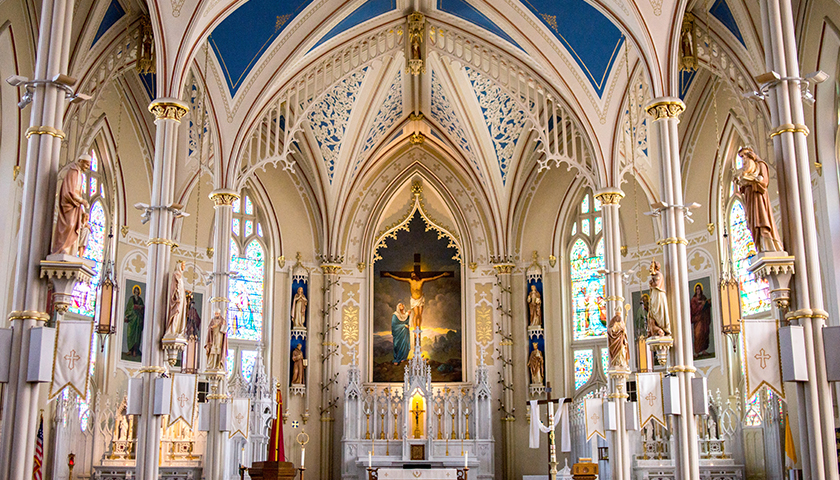The United States is historically a Christian country, that is, it was founded by Christians and its population remains largely Christian to this day. The speeches and statements of our presidents, our official holidays, the prayers that are said before the opening of Congress and the Supreme Court, the imagery we see on official buildings all attest to the religious, indeed Christian, foundation of our nation. In fact, the U.S. Supreme Court in an 1892 decision declared explicitly that “we are a Christian nation.”
Nevertheless, at least until recent days, Americans have understood that we live in a pluralistic society where Protestants, Catholics, Jews, even atheists, were equal before each other and equal before the law. There was no official church at the federal level that would require belief, assent, or obedience. This is not to say that there have not been dark times in our history when we failed to live up to our ideals. Catholics may recall times when our churches were burned and there were riots against us. But the highest American aspiration has always been that all should be treated equally, that a Jew should get the same treatment in a court of law as a Methodist or a Muslim.
Our twin understanding of our country’s deep religious roots coupled with an ideal of religious freedom grew out of the English tradition of religious toleration. The English had an official state church, but the English also recognized the importance of providing dissenters with some measure of freedom. The Act of Toleration of 1689 provided this freedom.
Read More
